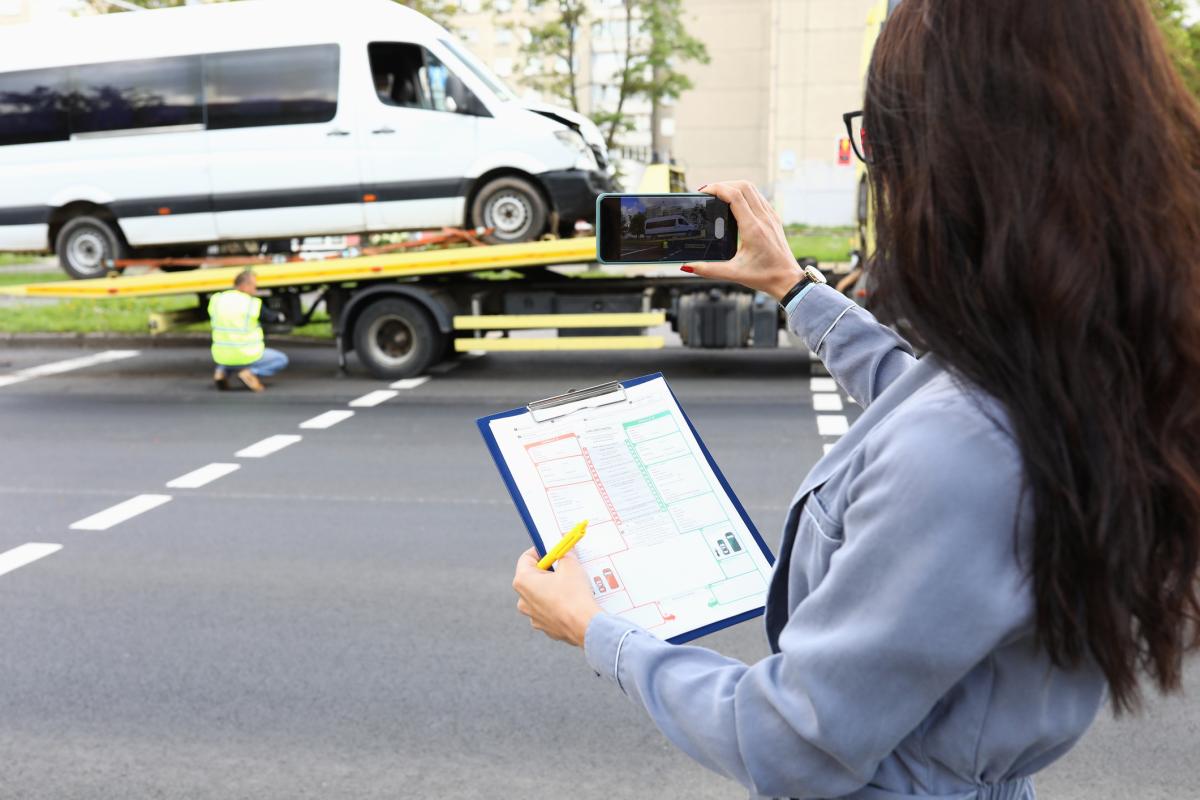Submitted by Silver Law Group on

When pursuing a personal injury claim, the strength of your case often hinges on the evidence you can present. Thoroughly documenting and preserving evidence is a crucial step in ensuring a successful outcome for your claim. Here’s a comprehensive guide on how to navigate this critical aspect of the personal injury process.
Immediate Actions at the Scene:
After an accident, take immediate steps to document the scene. Use your smartphone or any available camera to capture photographs of the accident site, including vehicle damage, hazardous conditions, or any contributing factors. If applicable, document weather conditions and road signage. This visual evidence can be invaluable in recreating the circumstances surrounding the incident.
Secure Witness Information:
Identify and gather contact information from any witnesses at the scene. Witnesses can play a pivotal role in corroborating your version of events. Their statements may become crucial if there are disputes about liability or the cause of the accident.
Preserve Physical Evidence:
If there are physical items relevant to the incident, such as a defective product or damaged personal property, preserve them. Keep any items in the condition they were in immediately after the incident, as alterations may affect their evidentiary value.
Seek Medical Attention and Document Injuries:
Your health is paramount, and seeking immediate medical attention is not only essential for your well-being but also for your legal claim. Maintain a detailed record of medical treatments, prescriptions, and any recommendations from healthcare professionals. Photograph visible injuries as they progress, providing a visual timeline of your recovery.
Keep a Detailed Journal:
Maintain a personal injury journal where you record your daily experiences, challenges, and the impact of the injury on your daily life. This narrative can provide context and depth to your claim, illustrating the ongoing repercussions of the incident.
Retain Official Reports:
Obtain and retain copies of official reports related to the incident, such as police reports, incident reports, or accident reconstruction analyses. These documents often carry significant weight in legal proceedings and contribute to establishing the facts of the case.
Preserve Social Media and Communication Records:
In today’s digital age, social media can be a double-edged sword. Be mindful of your online presence and avoid sharing details about the incident or your injuries on social media platforms. Additionally, preserve any relevant communications, such as text messages or emails, that may contribute to your case.
Consult with a Personal Injury Attorney:
Early consultation with a personal injury attorney is essential. They can guide you on the specific evidence needed for your case, help you understand the legal process, and provide valuable insights into preserving evidence effectively.
Successfully documenting and preserving evidence is a proactive step towards building a strong personal injury claim. By taking immediate actions at the scene, securing witness information, preserving physical evidence, and maintaining detailed records, you enhance your chances of presenting a compelling case. Remember, consulting with a personal injury attorney early in the process can provide you with the expertise needed to navigate the complexities of evidence preservation and maximize the strength of your claim.



